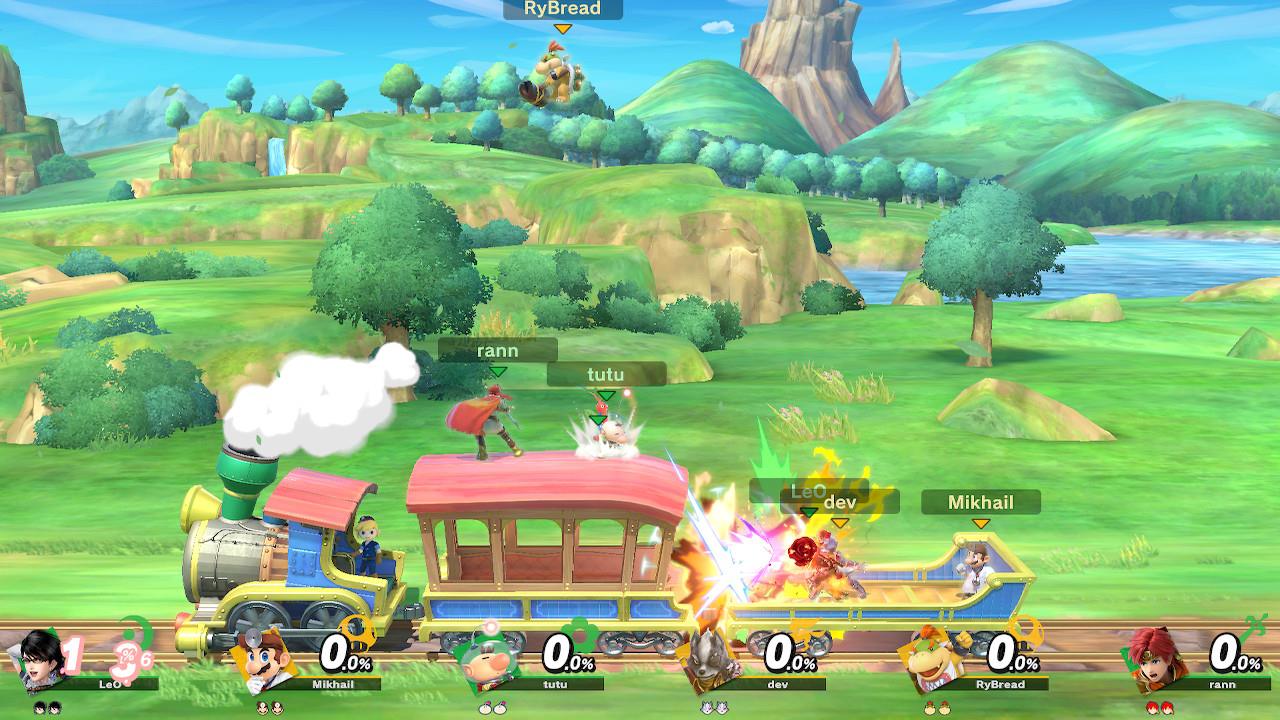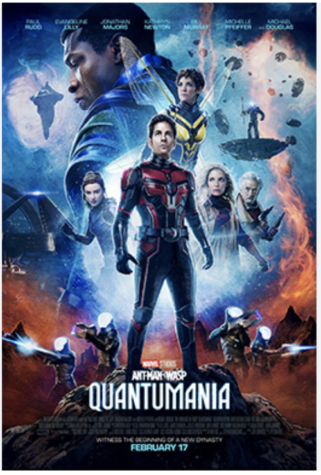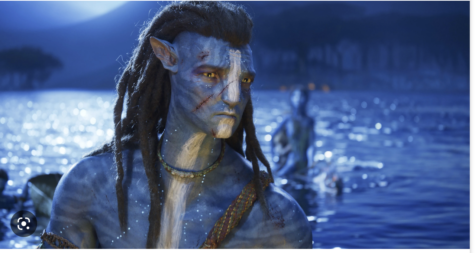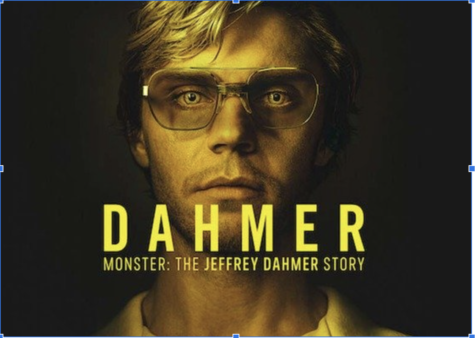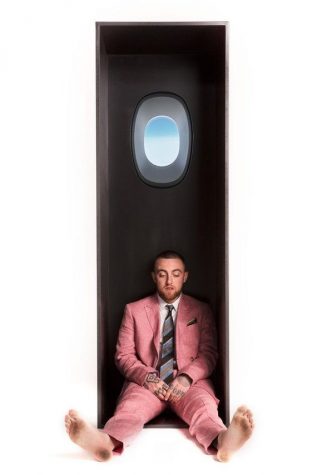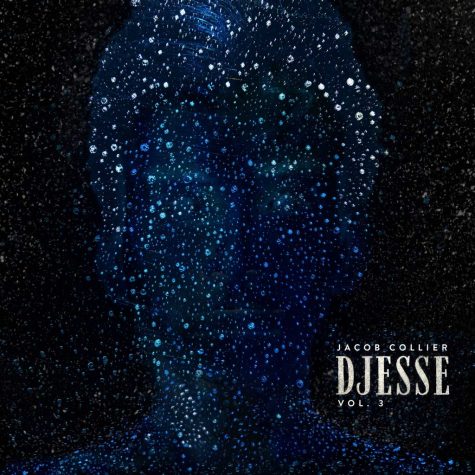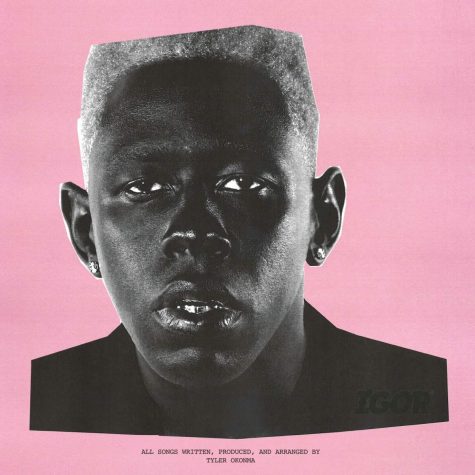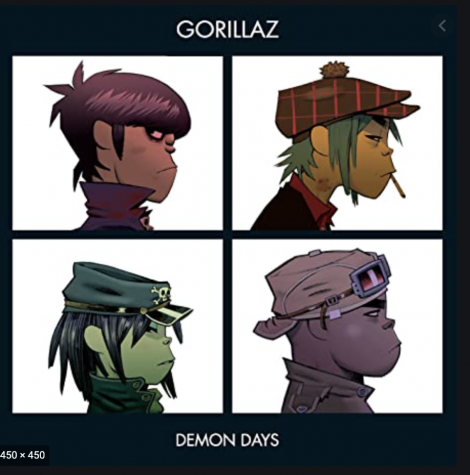Super Smash Bros. Ultimate (Game Review)
December 31, 2018
Publisher: Nintendo
Developers: Nintendo, Bandai Namco, Sora Ltd.
Platforms: Nintendo Switch
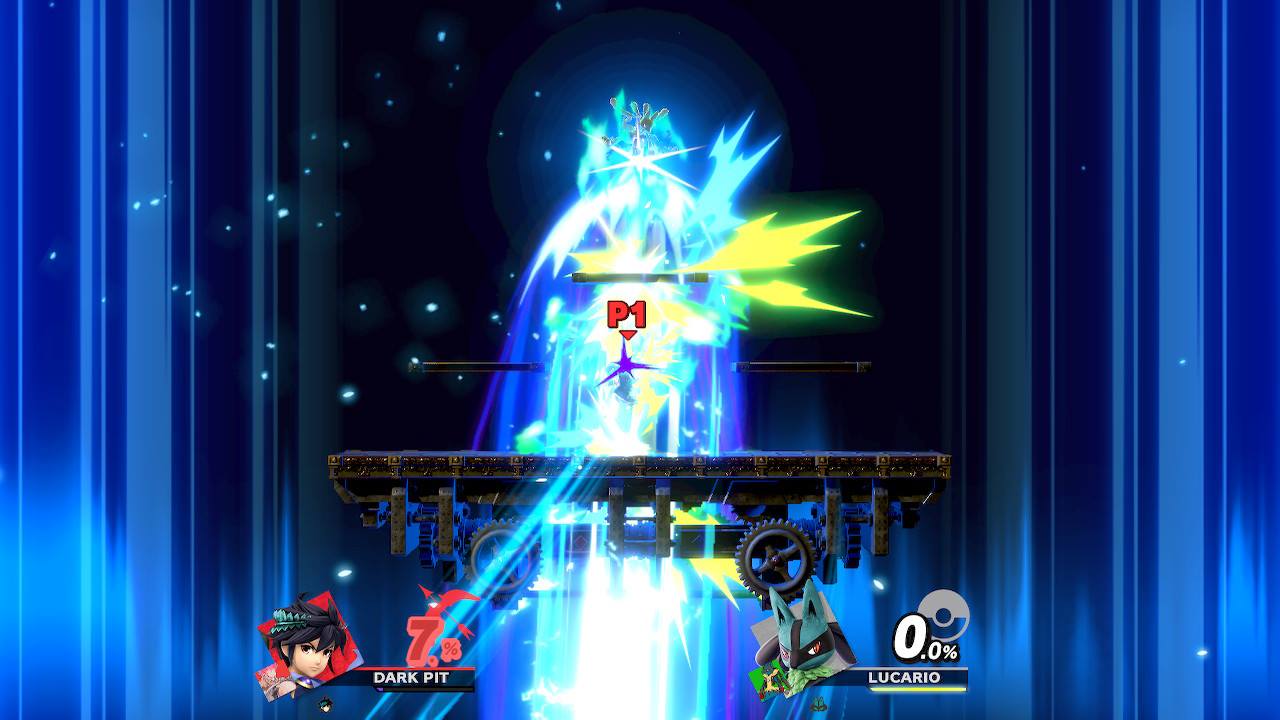
The Super Smash Bros. franchise first caught my attention when I rented Brawl (the series’s Wii installment) ages ago. I’ve been a fan ever since, but I unfortunately missed out on the 3DS/WiiU versions of the game. Once Ultimate was announced for the Nintendo Switch, it easily became my most anticipated game at the time. Now that it’s finally arrived, one question remains: does it objectively live up to all the hype?
Super-Tuned
Fighting games live or die on their controls, and Ultimate has this covered in spades. It didn’t take long before controlling my character felt perfectly natural; movement strikes just the right balance between floaty and tight. This compliments the game’s fighting mechanics, which include shields, grabs, special attacks, air dodging, and many more advanced techniques. All of these ingredients combine to create some utterly engrossing fights.
Of course, those battles can wildly differ depending on how many players are present. Competitive 1v1 matches provide tense bouts that always keep me on the edge of my seat. On the other hand, fights can become a chaotic brawl with up to 8 simultaneous players. I’ve played with friends in both settings, and the one constant is how much fun everyone has.
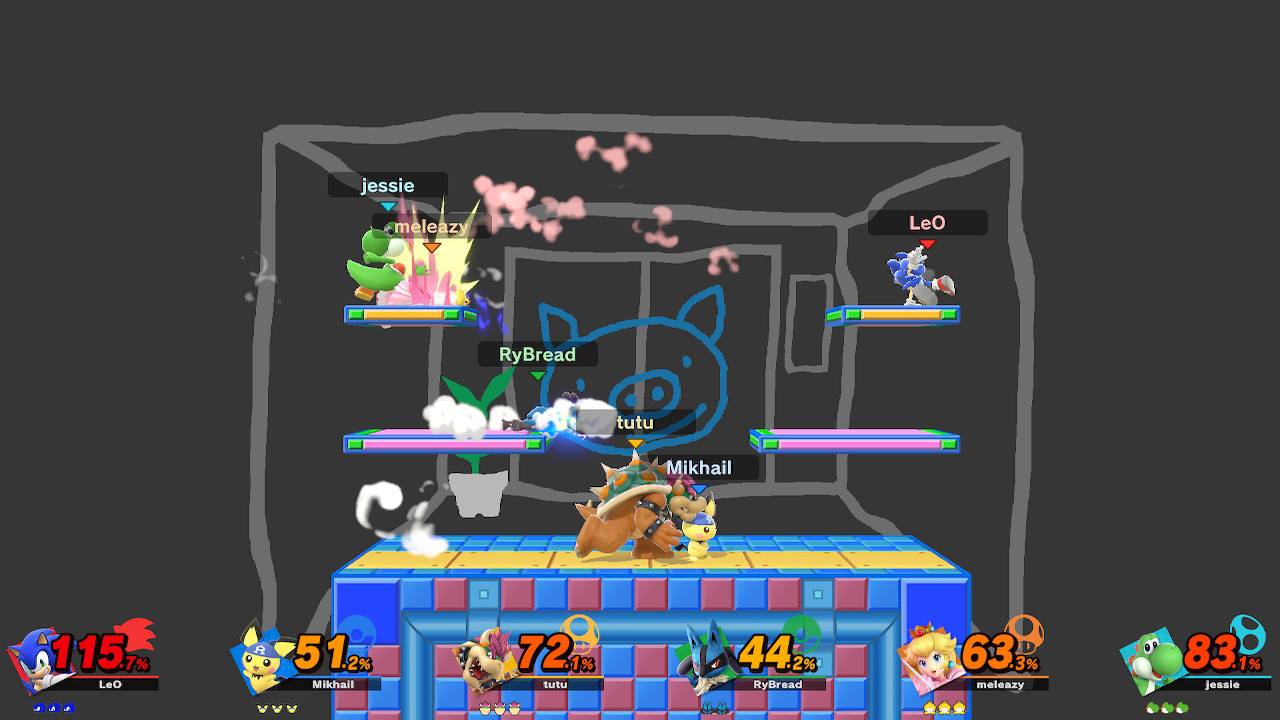
Ultimate also receives a presentation upgrade when compared to previous entries. Returning stages look much nicer, and the visual effects are a great accompaniment to any match. However, the graphics still look a bit rough, especially when viewed up close. The game fares much better in the audio department: sound effects give a satisfying crunch and pop to every attack. The classic sound of landing a swing with the Home Run Bat will never get old.
The Ultimate Package
This wouldn’t be a Smash game if it wasn’t crammed with content.
Let’s start with the character roster. Ultimate combines 11 newcomers with every single character from the series’s past, totaling at a whopping 70+ fighters to play as. Some share a lot of common traits with each other, but others are completely unique. A few fighters (such as Ganondorf) have been overhauled to play much differently than previous iterations. At the end of the day, the cast is completely devoid of any stinkers, and you’re practically guaranteed to find a character that suits you.
The only problem with the roster is that you’ll need to unlock the majority of it: the game initially offers a measly selection of 8 fighters. The unlock process will be a chore for many players, especially if you just want to play with friends or go straight to your favorite character.
Moving on, Ultimate also contains just over 100 stages (although only 4 are brand-new), 800+ music tracks, a bevy of new options for fighting (including a wide selection of items), and much, much more. If you find something that you don’t like, then it can almost always be toggled off. That is… if you can find it to begin with. Yes, the sheer volume of content on display can be overwhelming at times. For example, the stage select screen lacks any sorting options: instead, it just throws every single stage at your face. At the same time.
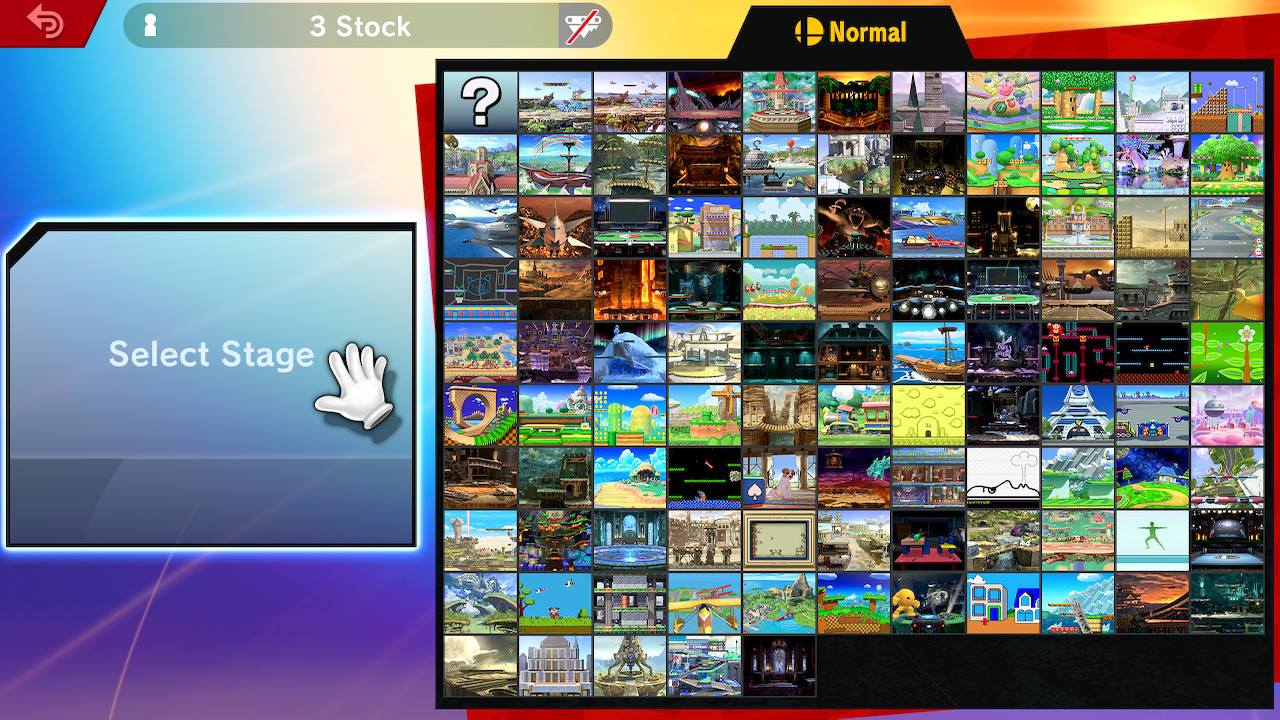
Going Global
After an abysmal first few days, Ultimate’s online mode was quickly patched up to operate much more smoothly. The mode is now more-or-less functional, but there’s still plenty of room for improvement.
Quickplay lets you create a set of “preferred rules,” then tries to match you up with other players based on regional proximity and similar ruleset preferences. It works out most of the time, but if you get a matchup with rules you don’t like, you’re stuck with it. There’s also Global Smash Power, which… works, I guess? It tries to evaluate your skill level based on how many other players you outrank, but it’s a lot less satisfying than traditional ranking systems found in other games.
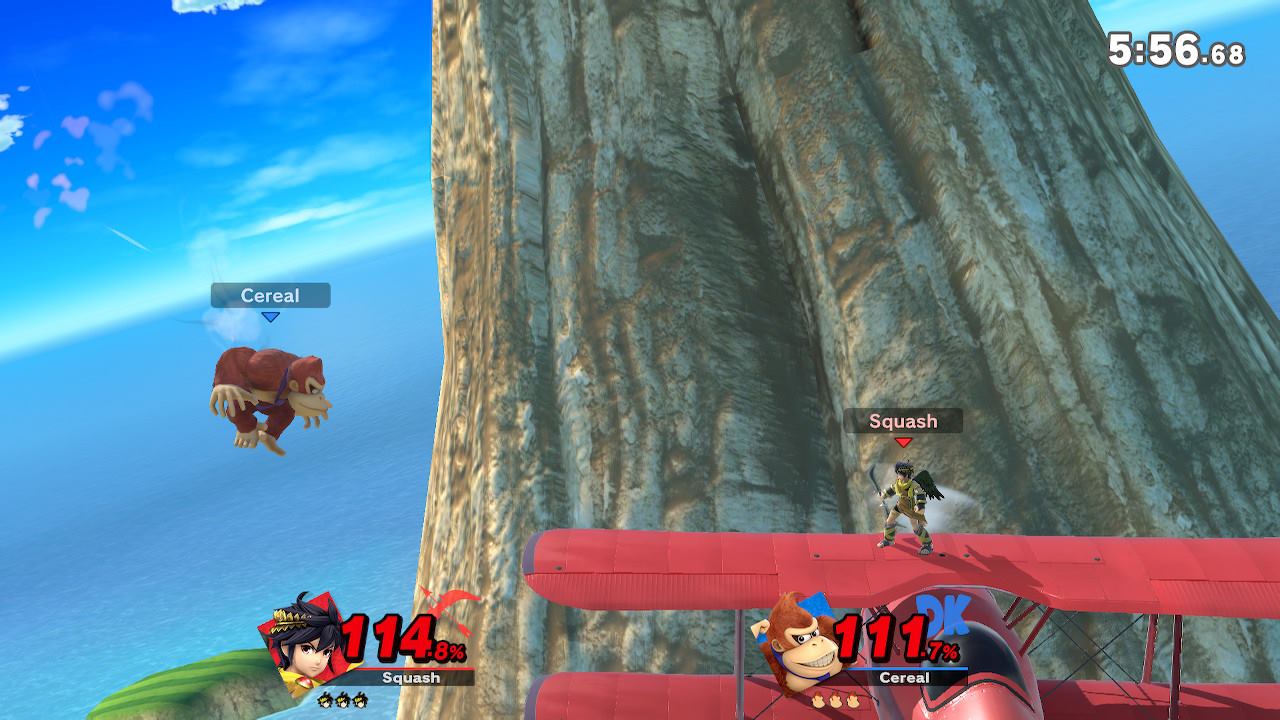
If Quickplay isn’t your thing, you can try Battle Arenas, which are mostly useful for playing against friends online. However, these two modes make up the entirety of Ultimate’s online experience, and they both lack variety beyond standard battle options. If you just want to fight against players from across the globe, the online mode gets the job done. Yet, for such a multiplayer-centric game, Ultimate’s online pales in comparison to other games of its ilk.
Weak-Spirited
Ultimate is perhaps at its weakest when you’re playing alone. That’s really not surprising for a Smash game, but the singleplayer still has a lot of missed potential.
The main attraction for solo players is Spirits mode. You’ll fight against “spirit” characters in unique battles; if you win, you can use that spirit to power yourself up for fights against other spirits. It tries to be an RPG in the style of Pokemon, but the mechanics are way too shallow to be engaging. Some of the spirit battles are clever in how they represent the character they’re based on, but all of them become repetitive after a while. Once you obtain very powerful spirits, the majority of the battles become trivially easy, and the rewards you get become practically useless. The game’s Adventure mode does little to shake up the formula either.
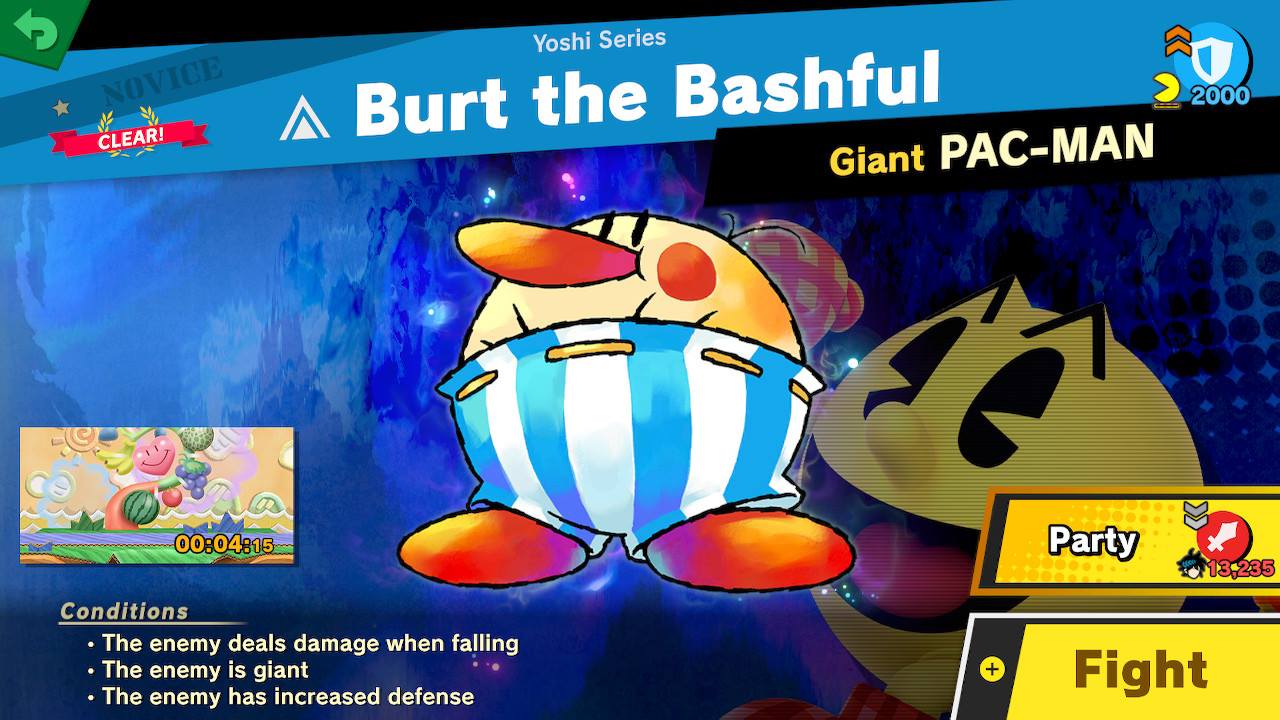
So what do solo players have aside from Spirits? The series’s signature Classic mode returns, and it’s far more enjoyable thanks to some key changes. Multi-Man fights (now called “Mob Smash”) also make a comeback; they can be a fun little diversion for blowing off some steam. But I feel more strongly about what’s missing rather than what’s present. Spirits replace the collectible trophies from previous entries. All-Star mode returns in name only: it’s been watered-down to an endless variant of Mob Smash. Ultimate actually sports a collection of great boss battles, so why isn’t there a boss-rush mode? What about the omission of the long-standing Home-Run Contest?
Conclusion
Super Smash Bros. Ultimate is far from perfect, and it hasn’t met all of my lofty expectations. Yet, the game truly shines in the vital areas that define a Smash game. The controls are fluent to a T. The character roster is both larger and more diverse then ever before. It’s accessible enough to succeed as a party game; it has enough complex depth to succeed as a competitive fighting game…
I would’ve had this game review out sooner, but I’ve been too distracted from actually playing the stupid thing.
Score:
10 – Nearly Flawless
9 – Fantastic
8 – Great
7 – Good
6 – Above Average
5 – Average
4 – Below Average
3 – Bad
2 – Terrible
1 – Worthless
